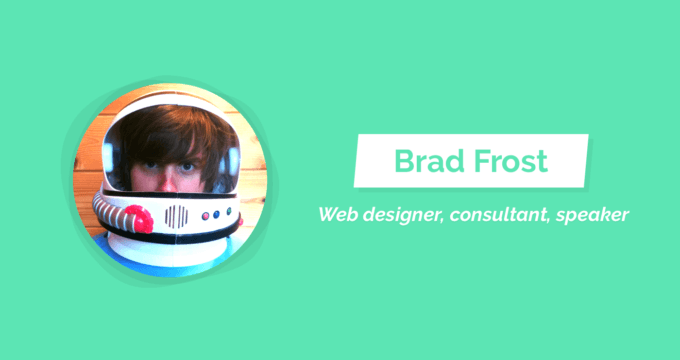What is slow productivity and how can you apply it?
Productivity
After the slow food movement in the 1980s to fight the fast food culture, a new movement is on the horizon. A movement that is against hustle culture, busyness as a sign of success, endless to-do lists and this feeling of accomplishment that only seems to come if we can strike off every item on it.
In fact, burnout is on the rise. The latest survey conducted by Future Forum showed that 42% of 10.243 surveyed desk workers across US, UK, Australia, Germany, France and Japan said that they are burned out. This number goes up if you’re female (46%) and if you’re under the age of 30 (48%).
How can we move towards a more healthy work-life balance?
It’s time for the slow productivity movement.
What is slow productivity
Slow productivity, first coined by Cal Newport in his article for the New Yorker, strives for less workload and more meaningful work.
The main problem to solve is the workload. Sure, shortening the workweek and prolonging the weekend can certainly bring instant relief for some, such as teachers and healthcare professionals. But it won’t solve the issue for office-workers that sit in front of their computers and autonomously craft their day.
The issue is the amount of work that just piles up and never seems to end. There is simply not enough time to do everything on that list, so workers are anxious and stressed, frustrated and burned out.
The aim of slow productivity is that the work volume for each individual is manageable and sustainable. By reducing stress, people have more time to spend on a task, so the quality of the work will go up.
Therefore, we need to strive for systems that don’t overflood our to-do lists and that give people enough meaningful time to work on tasks, one at a time.
How to put it into practice
There are a few things you can do if you want to aim for slow productivity. Here are some tips to put slow productivity into practice:
1. Be aware of hustle culture
Hustle culture is often a sign of a toxic work environment which glorifies constant busyness and leaves no room for breaks and a healthy work-life balance. Goals should be realistic and achievable and a healthy boundary between work and private life so as to avoid burnout.
2. Prioritize
You can’t do it all and it doesn’t make sense to have an endless to-do list where continuously more and more tasks are added. It’s more realistic to set 2-3 priorities for the day and focus on those tasks with your full attention. You can use the Eisenhower matrix to help you prioritize your tasks.
3. Avoid multitasking
Don’t multitask. It’s a myth that by multitasking you will get more done and it will only lead to poor productivity and efficiency draining your energies in the long run. The human brain evolved to single-task, so do one task at a time.
4. Embrace asynchronous communication
Being constantly available creates stress and throws you from one thing to the other with no time to enter into a flow state and do some deep work. Embrace asynchronous communication with your co-workers so you can work in peace and focus at the task at hand.
5. Use time blocking
Decide in advance when you will work on what and set aside blocks of time in your calendar for said task or project. This helps you to single-task and have a productive deep work session. Work in sessions during your blocks so you’re sure to take enough breaks to help you recharge.
6. Plan your breaks
Without taking frequent breaks you can’t be productive. You need to take regular breaks to recharge your energy so as to maintain a clear mind. Some people get lost in hyperfocus and forget to take breaks so it’s important to schedule them. You can use the pomodoro technique to help you take enough breaks during your day.
7. Take time off
It’s important to break the routine and consciously take some time off. This helps you to reduce stress, fully recharge and gain new perspective as well as hopefully providing new stimulus and inputs.
8. Prioritize work-life balance
Create a healthy boundary between work and private life. Work should not negatively influence your private life and vice versa. A healthy work-life balance allows you to give your best at work and be fully present at home enjoying your time with your loved ones.



